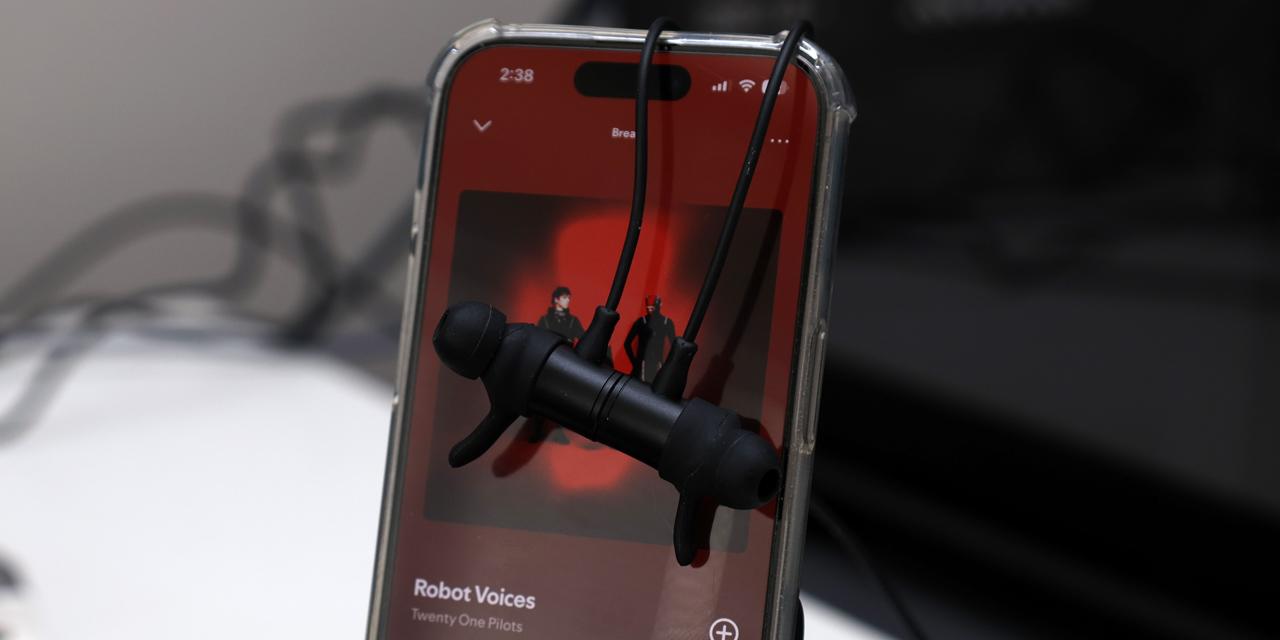Page 3 - Performance Tests

Our test configuration is as follows:
CPU: Intel Core i5-12600K
CPU Cooler: be quiet! Dark Rock Elite
Motherboard: ASUS ProArt Z690-Creator WiFi
RAM: Lexar THOR OC DDR5-6000 2x16GB
Graphics: EVGA GeForce RTX 3070 Ti XC3 ULTRA GAMING
Chassis: Thermaltake Core P3 TG Pro Snow
Storage: XPG Atom 30 1TB
Power: FSP Hydro PTM Pro 1200W
Operating System: Microsoft Windows 11 Pro
The purpose of capture cards can be broken down into two primary ones. The first is to provide a way for people to record their gameplay for documenting and later sharing. The second is it enables people to stream their gaming to share their experiences publicly. In the past, both PC and console gamers used a second PC to do this, which is why capture cards were a necessity. Today, computer games can be played and captured on the same system, but this creates an additional load on the single PC. Modern hardware with multiple cores has helped in this regard, but a capture card can still be useful. As such, we will be evaluating the AVerMedia Live Gamer 4K 2.1 GC575 for its ability to capture both console and PC inputs.
Installing the AVerMedia Live Gamer 4K 2.1 GC575 is a matter of mounting it into one of the PCI Express slots on my motherboard. Our GC571 had everything up to date, including the firmware, and the manufacturer's utilities immediately recognized the hardware. All of the gameplay was recorded from my Nintendo Switch or my other PC plugged into the input of the capture card from an EVGA GeForce RTX 3070 FTW3 ULTRA GAMING. I primarily used AVerMedia's RECentral software to record gameplay, but I also ensured OBS functioned properly too.
First looking at the Nintendo Switch footage, the AVerMedia Live Gamer 4K 2.1 GC575 can record up to 240 frames per second at 1080p resolution and 120 frames per second with HDR enabled. Unfortunately, the Switch only outputs up to 60fps, so it does not really stretch the capabilities of this capture card. As well, YouTube maxes out at a frame rate of 60fps too. Even so, the Live Gamer 4K 2.1 GC575 captured the footage well. Any artifacts you might observe is more to do with YouTube's compression algorithm rather than the card itself. Audio was also captured and properly synchronized with the video, although this should be expected. Otherwise, everything looked as clean as it could for the source.
Moving up in resolution, I captured the test benchmark from F1 23 of the Canada circuit in dry condition on High settings. At 1440p, the AVerMedia Live Gamer 4K 2.1 GC575 caps out at 120fps for SDR content and 60fps with HDR enabled. Once again, everything looked clean and well captured. While I could not upload the 120fps content I captured, it was definitely smooth without any performance issues. All in all, I was quite pleased with its capabilities. If you go higher than 1440p, the Live Gamer 4K 2.1 GC575 maxes out at a 2160p resolution with a frame rate of 60fps.
One other thing I checked the AVerMedia Live Gamer 4K 2.1 GC575 for was its pass-through capabilities. With the output HDMI port, you can connect to another display here and output the input directly rather than running through a software solution to relay the input image. Personally, I did not notice any delay with the input and the response on the screen. I tested with more competitive games like Overwatch 2 and did not notice any lag to affect me. Other independent reviewers have indicated this delay is quite low and should generally be unnoticeable for most users. The Live Gamer 4K 2.1 GC575 can pass-through up to 4K resolution at 144 frames per second. At lower resolutions, it can also do 1440p at 240fps and 1080p at 360fps. It also supports the wider 3440x1440 resolution at 120fps.
Page Index
1. Introduction, Packaging, Specifications
2. A Closer Look - Hardware and Software
3. Performance Tests
4. Conclusion





